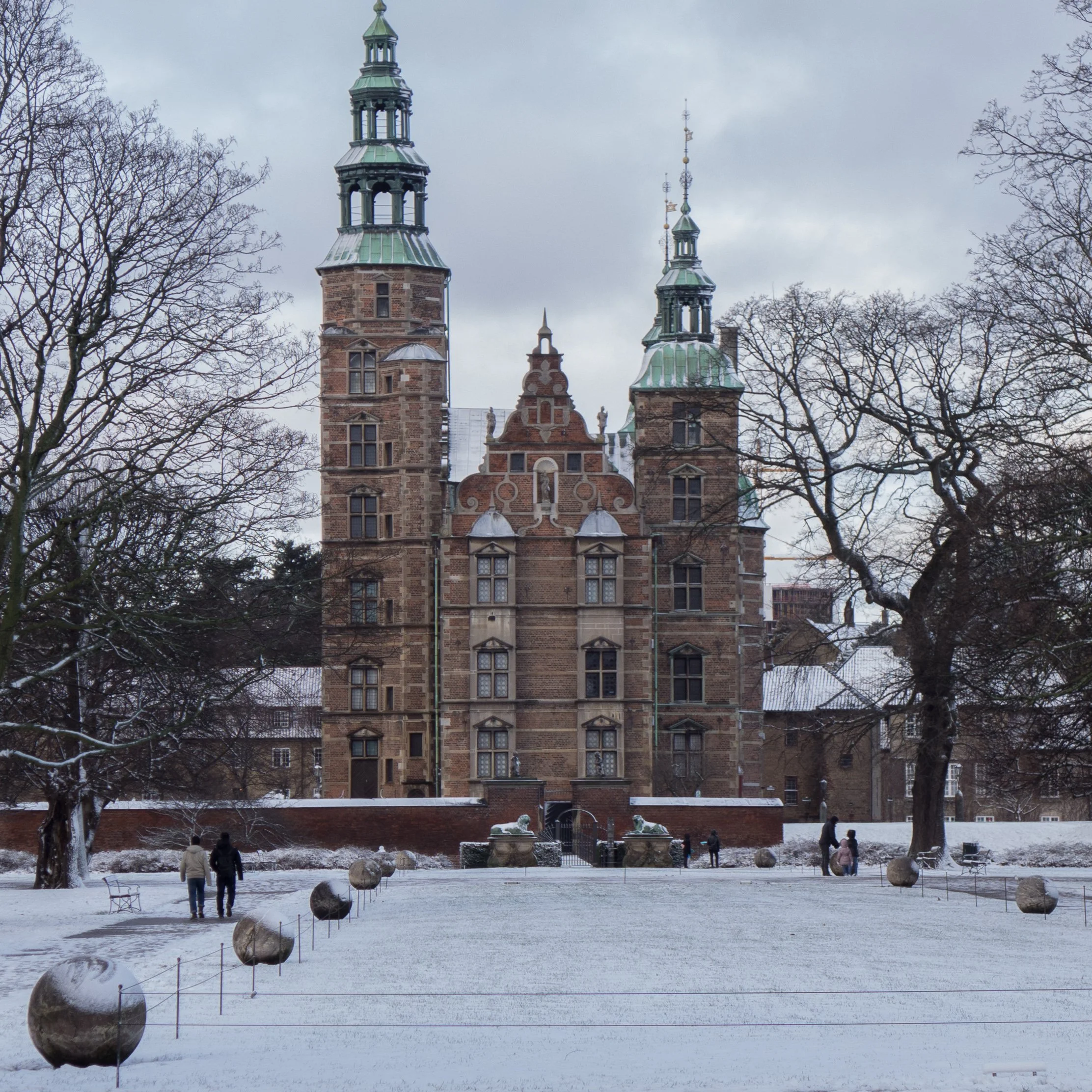Christian IV succeeded his father in 1588 and died in 1648. In the course of his long reign he consolidated the power and wealth of Copenhagen as a city and instigated the construction of key buildings that survive today. These include a new royal palace and the king’s gardens of Rosenborg begun in 1606, Holmen’s Church of 1619, the construction of the Borsen (the Exchange) 1619-25. and the Round Tower of Trinitas Church 1637-56.
However, Christian IV was primarily a strategist and ambitious for the expansion of the both lands and the influence of Denmark and so the fortifications of the city were strengthened and the harbours and docks on either side of the Castle of Christiansborg were enlarged with the reclamation of land and the construction of moles or breakwaters. There was a new harbour basin flanked by long buildings where provisions were stored including beer for the sailors and gun powder, ropes and other provisions could be loaded onto the fighting ships safely and securely. The buildings survive although the enclosed harbour has been filled in and is now the garden behind the Royal Library. To the other side of the castle were yards for building naval vessels and a crucial rope walk.
Nor were the domestic needs of the naval personnel ignored … Christian instigated the construction of the Nyboder houses, which were begun in 1631, and Christianshavn, on the opposite side of the harbour to the castle was laid out as a new planned settlement with extensive fortifications, again for the navy and for new shipbuilding facilities which over the following century was expanded out towards the Oresund … the Arsenal, Holmen and Nyholm … which was the base for the Danish Navy through to the beginning of this century.
As the city prospered this was reflected in the construction of new mansions for the wealthiest merchants, for instance the house of Mayor Mattias Hansen from 1616, and churches in the city were improved or rebuilt.















